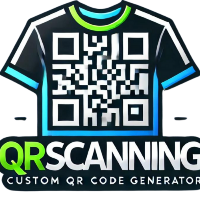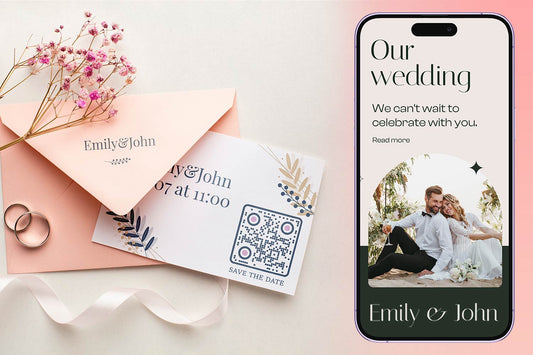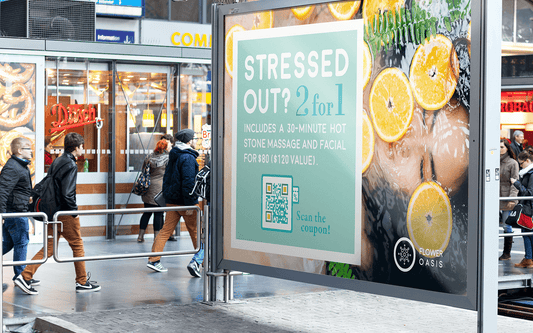
In today's fast-paced digital world, QR codes have become a vital tool for connecting the physical and digital realms. Whether you're promoting an event, launching a product, or simply sharing contact information, an eye-catching QR code can make all the difference in capturing your audience's attention. Here's a comprehensive guide packed with QR code design tips to help you create standout codes that not only function flawlessly but also enhance your brand's appeal.
Understand Your Brand Aesthetic
Before diving into QR code design, it's crucial to understand your brand's visual language. Your QR code should seamlessly integrate with your brand's colors, fonts, and overall aesthetic. Achieve this by adapting the code’s design to match your brand palette, ensuring it doesn’t clash with other visual elements but rather complements them.
Use the Right Tools
The success of your QR code design heavily relies on the tools used for creation. Opt for advanced QR code generators that allow customization, such as incorporating logos, altering color schemes, and offering shape modifications. These tools are easy to find online, and many provide free trials or quotes, allowing you to test what suits best for your project without breaking the bank.
Focus on Contrast and Clarity
One of the key QR code design tips is ensuring contrast between the code elements and the background. Higher contrast improves scanability and visibility. Black and white combinations are classic for a reason, but feel free to experiment with other high-contrast color pairs, just keep an eye on readability.
Customize with Purpose
Customization beyond color involves adding logos or other brand elements into the QR code. However, customization should have a purpose—not just to make the code look unique, but also to enhance the user experience. Ensure any embedded logo or symbol doesn’t interfere with the scanning process; this may require tests across different QR code readers.
Consider the Placement
The placement of your QR code affects how easily it can be accessed and scanned by potential users. Think strategically: will it be on print media like flyers, billboards, or business cards? Each medium dictates the size requirements and design approach. For example, a QR code on a billboard needs to be significantly larger compared to one on a business card to accommodate varying viewer distances.
Test Before Deployment
A crucial yet often overlooked step is thorough testing of the QR code. Before going live, test the designed code across various devices and scanning apps. This ensures accessibility and prevents any potential usability issues, guaranteeing users have a smooth scanning experience.
Mobile Optimization
Optimizing your QR code for mobile is a given, considering that most users will scan your code using smartphones. Ensure that the landing page or content linked through the QR code is responsively designed, quick to load, and provides the user with valuable content or action points, effectively completing the scanning cycle.
Encourage Engagement
While the code itself is designed to be scanned, what happens afterward is equally important. Use call-to-actions like “Scan To Win!” or “Discover More!” near your QR code to entice users. Engaging text can increase the likelihood of scans and ensure that users know what to expect, making them more likely to engage with the content.
Keep Location in Mind
If you’re targeting a local audience, such as residents in a specific area or city, be sure to optimize your QR code usage for local search SEO. Mention locality-specific details, including addresses or local events, in the back-end setup of where the QR code directs users, enhancing local search relevance.
Designing an eye-catching QR code isn't as simple as picking colors and patterns. It requires a strategic approach to ensure the code is not only visually appealing but also functional and deeply integrated with your marketing goals. Use these QR code design tips to enhance your brand's outreach and engagement, and don't hesitate to contact us for a free quote to get started on your very own dynamic QR code design journey!


